|
Dingo
The dingo (''Canis familiaris'', ''Canis familiaris dingo'', ''Canis dingo'', or '' Canis lupus dingo'') is an ancient (basal) lineage of dog found in Australia. Its taxonomic classification is debated as indicated by the variety of scientific names presently applied in different publications. It is variously considered a form of domestic dog not warranting recognition as a subspecies, a subspecies of dog or wolf, or a full species in its own right. The dingo is a medium-sized canine that possesses a lean, hardy body adapted for speed, agility, and stamina. The dingo's three main coat colourations are light ginger or tan, black and tan, or creamy white. The skull is wedge-shaped and appears large in proportion to the body. The dingo is closely related to the New Guinea singing dog: their lineage split early from the lineage that led to today's domestic dogs, and can be traced back through the Maritime Southeast Asia to Asia. The earliest known dingo fossil, found in Wes ... [...More Info...] [...Related Items...] OR: [Wikipedia] [Google] [Baidu] |
Canis Lupus Dingo
In the taxonomic treatment presented in the third (2005) edition of ''Mammal Species of the World'', ''Canis lupus dingo'' is a taxonomic rank that includes both the dingo that is native to Australia and the New Guinea singing dog that is native to the New Guinea Highlands. It also includes some extinct dogs that were once found in coastal Papua New Guinea and the island of Java in the Indonesian Archipelago. In this treatment it is a subspecies of ''Canis lupus'', the wolf (the domestic dog is treated as a different wolf subspecies), although other treatments consider the dog as a full species, with the dingo and its relatives either as a subspecies of the dog (as ''Canis familiaris dingo''), a species in its own right (''Canis dingo''), or simply as an unnamed variant or genetic clade within the larger population of dogs (thus, ''Canis familiaris'', not further differentiated). The genetic evidence indicates that the ''dingo'' clade originated from East Asian domestic dogs an ... [...More Info...] [...Related Items...] OR: [Wikipedia] [Google] [Baidu] |
New Guinea Singing Dog
The New Guinea singing dog or New Guinea Highland dog is an ancient (basal) lineage of dog found in the New Guinea Highlands, on the island of New Guinea. Once considered to be a separate species in its own right, under the name ''Canis hallstromi'', it is closely related to the Australian dingo. The dog is unique among canines, as it is one of the few to be considered “barkless” (hence its common name of “singing dog”), and known for its unusual “yodel”-like style of vocalizing. Another so-called “barkless”, albeit domesticated, dog is the Basenji, of African lineage. In 1989, the Australian mammalogist Tim Flannery took a photo of a black-and-tan dog in Telefomin District. He noted that these dogs lived with local tribal peoples in the mountains, and that feral populations lived in the alpine and sub-alpine grasslands of the Star Mountains and the Wharton Range. The photo was published in his book, ''Mammals of New Guinea''. In 2012, Australian wilderness-ad ... [...More Info...] [...Related Items...] OR: [Wikipedia] [Google] [Baidu] |
Wombat
Wombats are short-legged, muscular quadrupedal marsupials that are native to Australia. They are about in length with small, stubby tails and weigh between . All three of the extant species are members of the family Vombatidae. They are adaptable and habitat tolerant, and are found in forested, mountainous, and heathland areas of southern and eastern Australia, including Tasmania, as well as an isolated patch of about in Epping Forest National Park in central Queensland. Etymology The name "wombat" comes from the now-nearly extinct Dharug language spoken by the aboriginal Dharug people, who originally inhabited the Sydney area. It was first recorded in January 1798, when John Price and James Wilson, a white man who had adopted aboriginal ways, visited the area of what is now Bargo, New South Wales. Price wrote: "We saw several sorts of dung of different animals, one of which Wilson called a "Whom-batt", which is an animal about 20 inches high, with short legs and a th ... [...More Info...] [...Related Items...] OR: [Wikipedia] [Google] [Baidu] |
Australian Feral Camel
Australian feral camels are feral populations of dromedaries (''Camelus dromedarius'') in Australia. Imported from British India and Afghanistan during the 19th century for transport and construction during the colonisation of the central and western parts of Australia, many were released into the wild after motorised transport replaced the use of camels in the early 20th century, resulting in a fast-growing feral population. By 2008, it was ncorrectlyfeared that Central Australia's feral camel population had grown to about one million and was projected to double every 8 to 10 years. Camels are known to cause serious degradation of local environmental and cultural sites, particularly during dry conditions. Pastoralists, representatives from the Central Land Council, and Aboriginal land holders in the relevant areas were those amongst the complainants. An AU$19 million culling program was funded in 2009, and by 2013 a total of 160,000 camels were slaughtered, estimating the ... [...More Info...] [...Related Items...] OR: [Wikipedia] [Google] [Baidu] |
Wallaby
A wallaby () is a small or middle-sized macropod native to Australia and New Guinea, with introduced populations in New Zealand, Hawaii, the United Kingdom and other countries. They belong to the same taxonomic family as kangaroos and sometimes the same genus, but kangaroos are specifically categorised into the four largest species of the family. The term "wallaby" is an informal designation generally used for any macropod that is smaller than a kangaroo or a wallaroo that has not been designated otherwise. There are nine species (eight extant and one extinct) of the brush wallaby (genus ''Notamacropus''). Their head and body length is and the tail is long. The 19 known species of rock-wallabies (genus ''Petrogale'') live among rocks, usually near water; two species in this genus are endangered. The two living species of hare-wallabies (genus ''Lagorchestes''; two other species in this genus are extinct) are small animals that have the movements and some of the habits ... [...More Info...] [...Related Items...] OR: [Wikipedia] [Google] [Baidu] |
Marsupials
Marsupials are any members of the mammalian infraclass Marsupialia. All extant marsupials are endemic to Australasia, Wallacea and the Americas. A distinctive characteristic common to most of these species is that the young are carried in a pouch. Marsupials include opossums, Tasmanian devils, kangaroos, koalas, wombats, wallabies, bandicoots, and the extinct thylacine. Marsupials represent the clade originating from the last common ancestor of extant metatherians, the group containing all mammals more closely related to marsupials than to placentals. They give birth to relatively undeveloped young that often reside in a pouch located on their mothers' abdomen for a certain amount of time. Close to 70% of the 334 extant species occur on the Australian continent (the mainland, Tasmania, New Guinea and nearby islands). The remaining 30% are found in the Americas—primarily in South America, thirteen in Central America, and one species, the Virginia opossum, in North Am ... [...More Info...] [...Related Items...] OR: [Wikipedia] [Google] [Baidu] |
Sambar Deer
The sambar (''Rusa unicolor'') is a large deer native to the Indian subcontinent and Southeast Asia that is listed as a vulnerable species on the IUCN Red List since 2008. Populations have declined substantially due to severe hunting, local insurgency, and industrial exploitation of habitat. The name "sambar" is also sometimes used to refer to the Philippine deer called the "Philippine sambar", and the Javan rusa called the "Sunda sambar". Description The appearance and the size of the sambar vary widely across its range, which has led to considerable taxonomic confusion in the past; over 40 different scientific synonyms have been used for the species. In general, they attain a height of at the shoulder and may weigh as much as , though more typically .Burnie D and Wilson DE (Eds.), ''Animal: The Definitive Visual Guide to the World's Wildlife''. DK Adult (2005), Head and body length varies from , with a tail. Individuals belonging to western subspecies tend to be larg ... [...More Info...] [...Related Items...] OR: [Wikipedia] [Google] [Baidu] |
Sika Deer
The sika deer (''Cervus nippon''), also known as the Northern spotted deer or the Japanese deer, is a species of deer native to much of East Asia and introduced to other parts of the world. Previously found from northern Vietnam in the south to the Russian Far East in the north, it is now uncommon except in Japan, where the species is overabundant. Etymology Its name comes from , the Japanese word for "deer". In Japan, the species is known as the . In Chinese, it is known as . Taxonomy The sika deer is a member of the genus '' Cervus'', a group of deer also known as the "true deer". Formerly, sika were grouped together in this genus with nine other species. Now, only the sika and red deer remain, the latter being divided into three separate species: European red deer, central Asian red deer, and American elk (though this remains controversial). Recent DNA evidence indicates these deer are not as closely related as previously thought, resulting in the creation of new spec ... [...More Info...] [...Related Items...] OR: [Wikipedia] [Google] [Baidu] |
Axis Deer
The chital or cheetal (''Axis axis''; ), also known as the spotted deer, chital deer, and axis deer, is a deer species native to the Indian subcontinent. It was first described and given a binomial name by German naturalist Johann Christian Polycarp Erxleben in 1777. A moderate-sized deer, male chital reach and females at the shoulder. While males weigh , females weigh around . It is sexually dimorphic; males are larger than females, and antlers are present only on males. The upper parts are golden to rufous, completely covered in white spots. The abdomen, rump, throat, insides of legs, ears, and tail are all white. The antlers, three-pronged, are nearly long. Etymology The vernacular name "chital" (pronounced ) comes from ''cītal'' ( hi, चीतल), derived from the Sanskrit word ' (चित्रल), meaning "variegated" or "spotted". The name of the cheetah has a similar origin. Variations of "chital" include "cheetal" and "cheetul". Other common names for the chit ... [...More Info...] [...Related Items...] OR: [Wikipedia] [Google] [Baidu] |
Water Buffalo
The water buffalo (''Bubalus bubalis''), also called the domestic water buffalo or Asian water buffalo, is a large bovid originating in the Indian subcontinent and Southeast Asia. Today, it is also found in Europe, Australia, North America, South America and some African countries. Two extant types of water buffalo are recognized, based on morphological and behavioural criteria: the river buffalo of the Indian subcontinent and further west to the Balkans, Egypt and Italy and the swamp buffalo, found from Assam in the west through Southeast Asia to the Yangtze valley of China in the east. The wild water buffalo (''Bubalus arnee'') most likely represents the ancestor of the domestic water buffalo. Results of a phylogenetic study indicate that the river-type water buffalo probably originated in western India and was domesticated about 6,300 years ago, whereas the swamp-type originated independently from Mainland Southeast Asia and was domesticated about 3,000 to 7,000 year ... [...More Info...] [...Related Items...] OR: [Wikipedia] [Google] [Baidu] |
Red Deer
The red deer (''Cervus elaphus'') is one of the largest deer species. A male red deer is called a stag or hart, and a female is called a hind. The red deer inhabits most of Europe, the Caucasus Mountains region, Anatolia, Iran, and parts of western Asia. It also inhabits the Atlas Mountains of Northern Africa; its early ancestors are thought to have crossed over to Morocco, then to Algeria, Libya and Tunisia via the Strait of Gibraltar, becoming the only species of true deer ( Cervidae) to inhabit Africa. Red deer have been introduced to other areas, including Australia, New Zealand, the United States, Canada, Peru, Uruguay, Chile and Argentina. In many parts of the world, the meat (venison) from red deer is used as a food source. Red deer are ruminants, characterized by a four-chambered stomach. Genetic evidence indicates that the red deer, as traditionally defined, is a species group, rather than a single species, though exactly how many species the group includes remains ... [...More Info...] [...Related Items...] OR: [Wikipedia] [Google] [Baidu] |
Roe Deer
The roe deer (''Capreolus capreolus''), also known as the roe, western roe deer, or European roe, is a species of deer. The male of the species is sometimes referred to as a roebuck. The roe is a small deer, reddish and grey-brown, and well-adapted to cold environments. The species is widespread in Europe, from the Mediterranean to Scandinavia, from Scotland to the Caucasus, and east to northern Iran and Iraq. Etymology English ''roe'' is from Old English ''rā'' or ''rāha'', from Proto-Germanic ''*raihô'', cognate with Old Norse ''rá'', Old Saxon ''rēho'', Middle Dutch and Dutch ''ree'', Old High German ''rēh'', ''rēho'', ''rēia'', German ''Reh''. It is perhaps ultimately derived from a PIE root ''*rei-'', meaning "streaked, spotted or striped". The word is attested on the 5th-century Caistor-by-Norwich astragalus -a roe deer talus bone, written in Elder Futhark as , transliterated as ''raïhan''. In the English language, this deer was originally simply called a 'r ... [...More Info...] [...Related Items...] OR: [Wikipedia] [Google] [Baidu] |
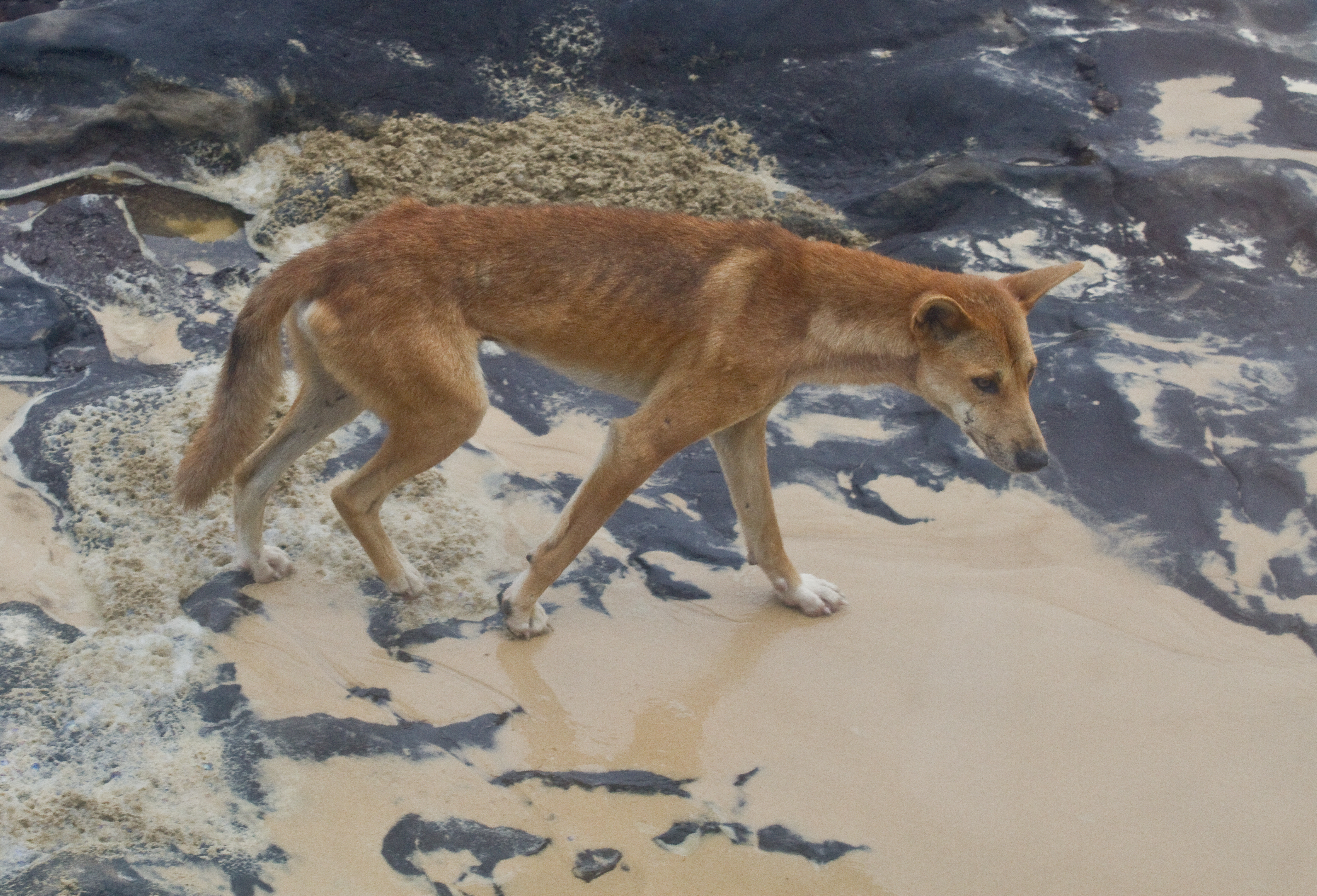
%2C_1772.jpg)
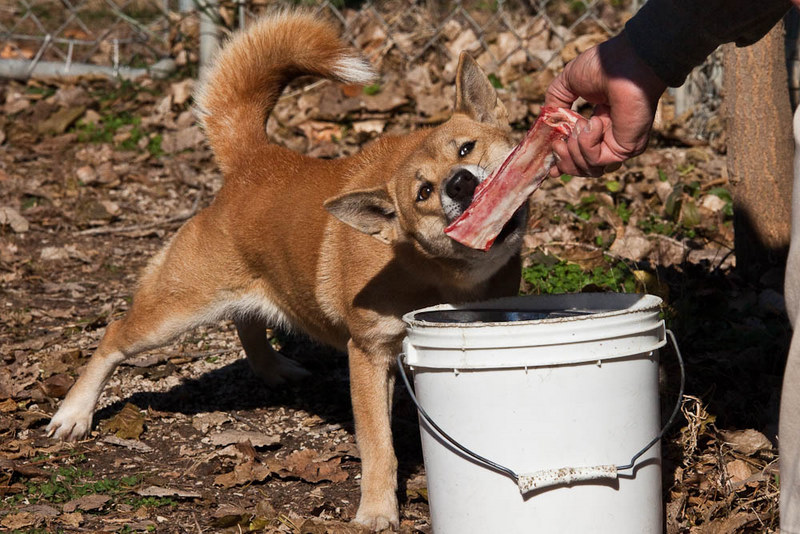
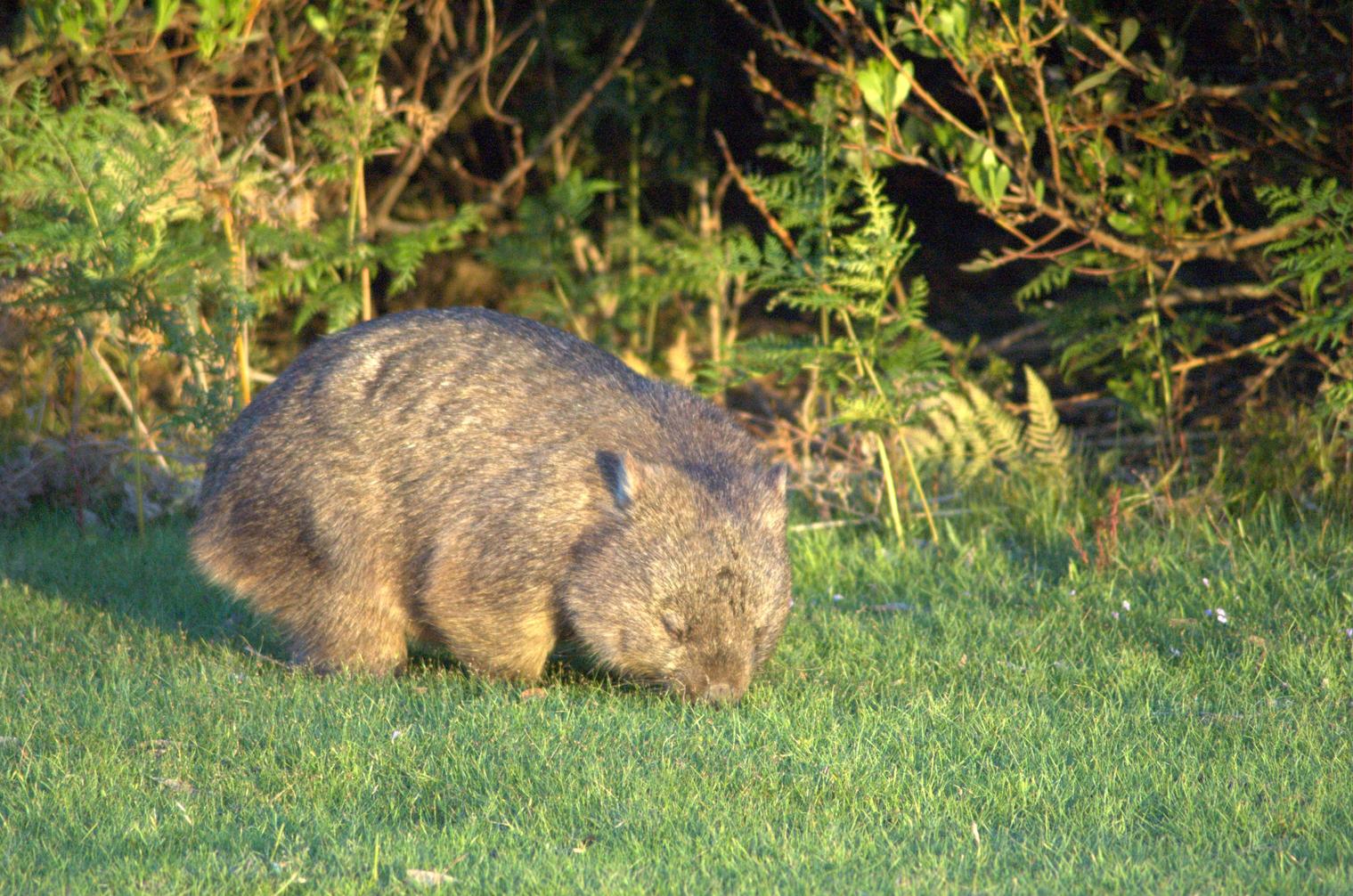
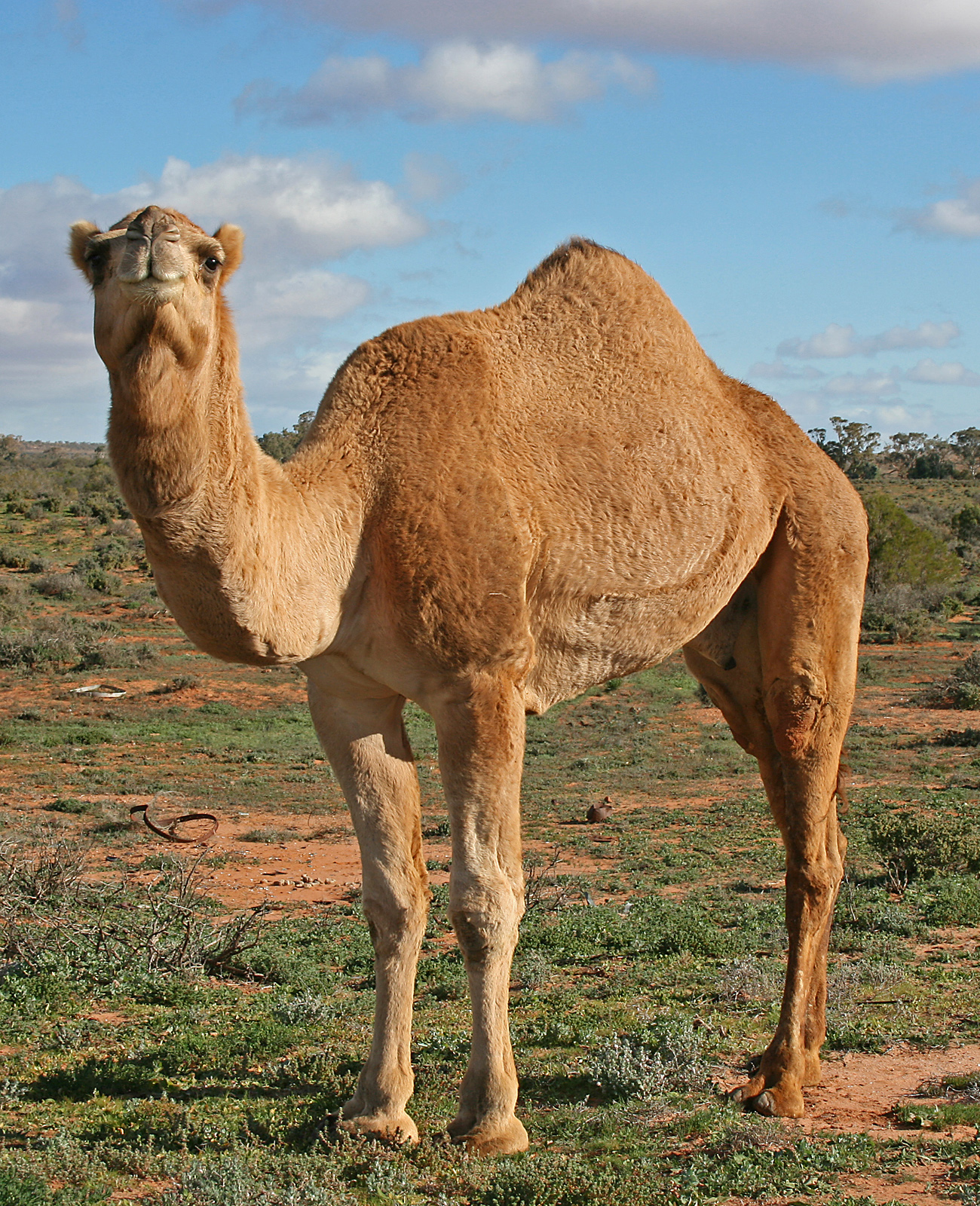

_(white_background).jpg)

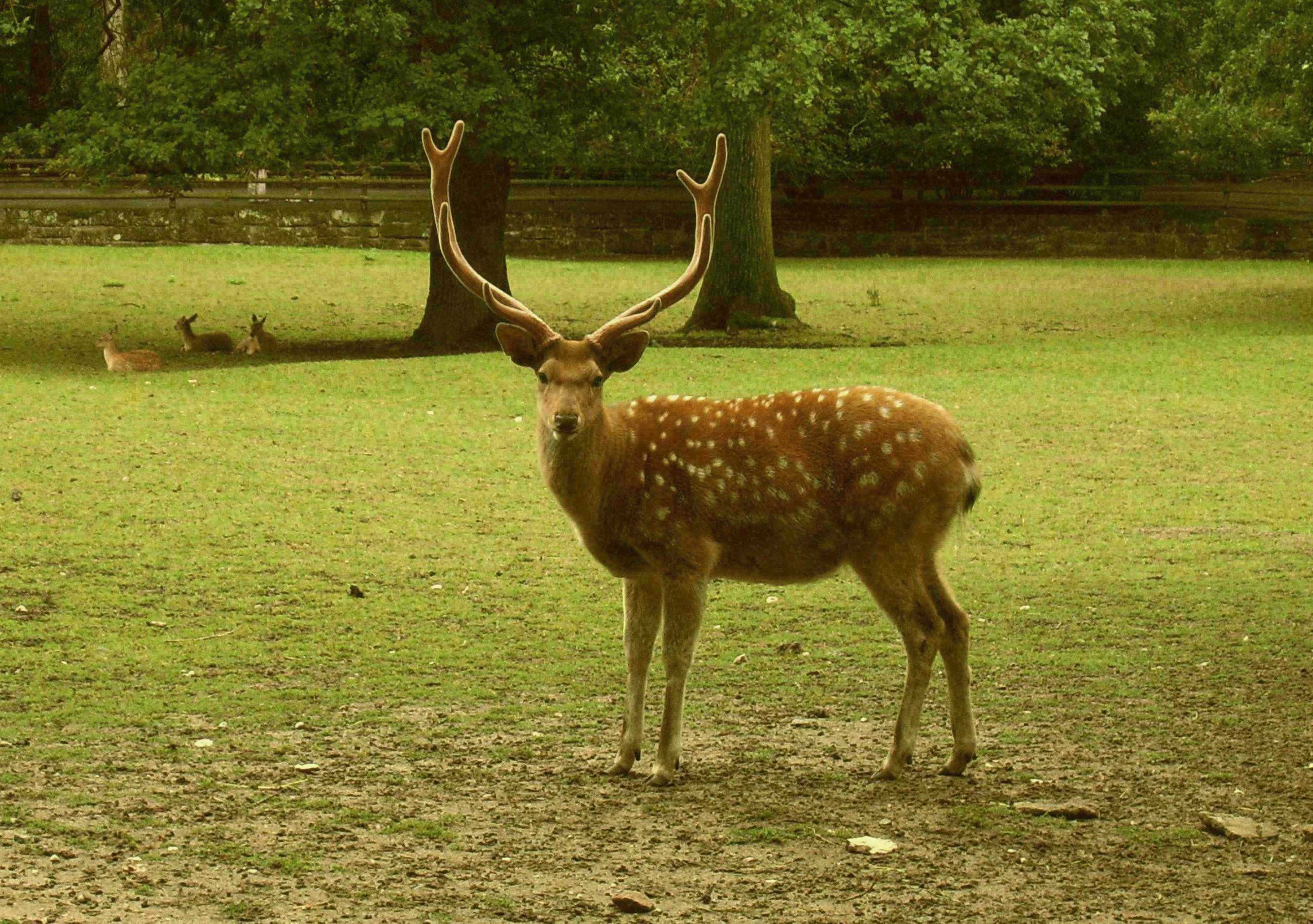
_male.jpg)
.jpg)

.jpg)